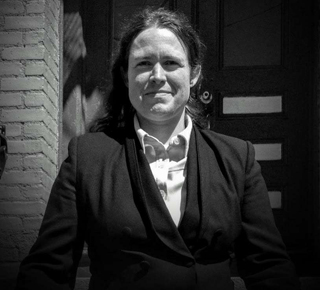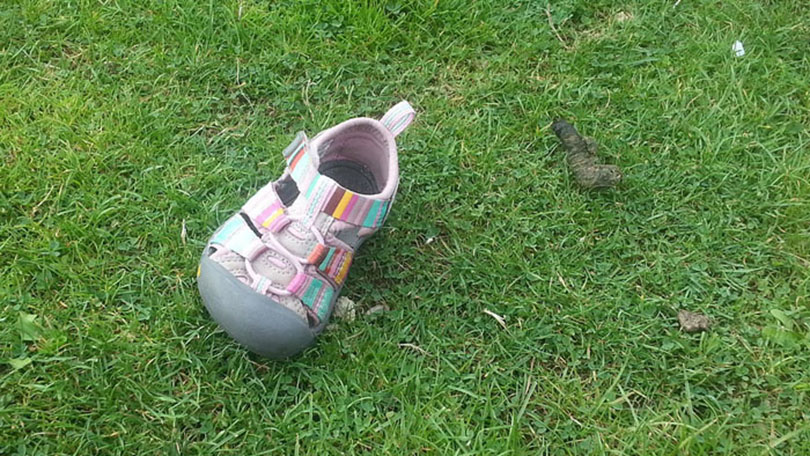For one day, Krystal Alvarez’s story and name were talked about throughout the United States. The nine-year-old Erie County resident was officially a missing child. Her name, description, the clothes she may be wearing, where she may be going and how she may be getting there saturated the internet
When parents hear about a missing child, they are reminded of just how realistic their worst fear is. Stories of missing children confirm that the world is a dangerous place, full of evil people waiting to snatch our precious children away from us and do horrible things to them.
The reality is different. Not necessarily more reassuring, but different.
According to the Department of Justice, in a one-year period from 2002 to 2003, 797,500 children were reported as missing. Of those, 203,900 were abducted by family members and 115 were abducted by a stranger, and the remainder were simply “missing”.
What does all that mean?
The 115 stranger abductions are what strikes fear into the heart of most parents. As horrifying as the idea of a stranger abducting a child is, statistically your child is about as likely to get struck by lightning. Sexual abuse is a common motivator for this type of kidnapping, but it is important to remember that most children who are sexually abused are abused by someone they know and trust.
The parents most likely to see their child kidnapped are in “contested custody” cases. These cases most often involve domestic violence and often direct child abuse, and they often involve the abuser having access to his children. Some of these kidnappings are the abuser not providing the child to the safe parent at the time they have agreed to, and some of them are an attempt to keep the child from the safe parent long-term. It is likely that this class of kidnapping is more common than the numbers indicate, because many police and judges don’t see them as a “real” kidnapping. After all, they are with a parent who can’t be too bad, or else they wouldn’t have custody or visitation, right?
There are also a few other variations on this theme:
-A protective parent kidnaps their children to protect them. Holly Collins, who kidnapped her children and brought them to the Netherlands, where they were granted asylum on the grounds of domestic violence, is a famous example..
-A grandparent, aunt, etc may kidnap a child they believe is being abused, due to lack of response from CPS and family court.
Non-relative abductions generally fall into two types:
-A family friend, non-custodial stepparent, etc kidnaps a child they believe is endangered.
-A minor leaves their home with an adult intimate partner. Force, fraud or coercion may or may not play a role. Often the minor will describe this as consensual, but legally it is statutory rape.
The biggest groups of missing children are runaways and throwaways. A child is a “runaway” if they chose to leave home. If the adult caring for them told them to leave, often violently, they are a “throwaway”. Many of these children report abuse before running, many run away multiple times, and often the home they’re running from or being kicked out of is a foster placement.
Children may also be declared missing if they are, well… misplaced.
-A child may disappear while playing. Many shopping centers have lock-down codes for this scenario, and these trigger a police investigation.
– Miscommunications and cell phone malfunctions mean a child isn’t where they are supposed to be at the appointed time, but they are still safe.
-Children on the autism spectrum sometimes wander away from home at ages when most children understand this behavior is unsafe. This is particularly dangerous, as these children may not be able to ask for help.
Parents, remember that as fast as your heart beats when you’re at the mall, look down and don’t see your little one, it’s very unlikely anything bad will happen. Remember that the people most likely to abuse or kidnap your little one are people you, or they, trust.
With Krystal Alvarez, someone claiming to be her mother commented electronically on the story. She said Krystal was being sexually abused by her father and was placed into foster care. I cannot verify that, but sadly each part of the story is plausible. And it proves how the injustices in our systems compound- for struggling kids and struggling parents.
Do you know your score?
Discover your ACE score and unlock a new understanding of your life. Take the test and gain insights into how your early experiences shape your well-being. Don't let your past define you – empower yourself with knowledge.

Melanie Blow
Executive Director, Stop Abuse Campaign
A survivor of incest, psychological abuse and a host of other childhood trauma, Melanie now uses her talents to prevent Adverse Childhood Experiences. Melanie has over a decade of legislative advocacy regarding children’s issues, and she has been published in newspapers, magazines and blogs all across the country.
Melanie has an ACE score of 6.
